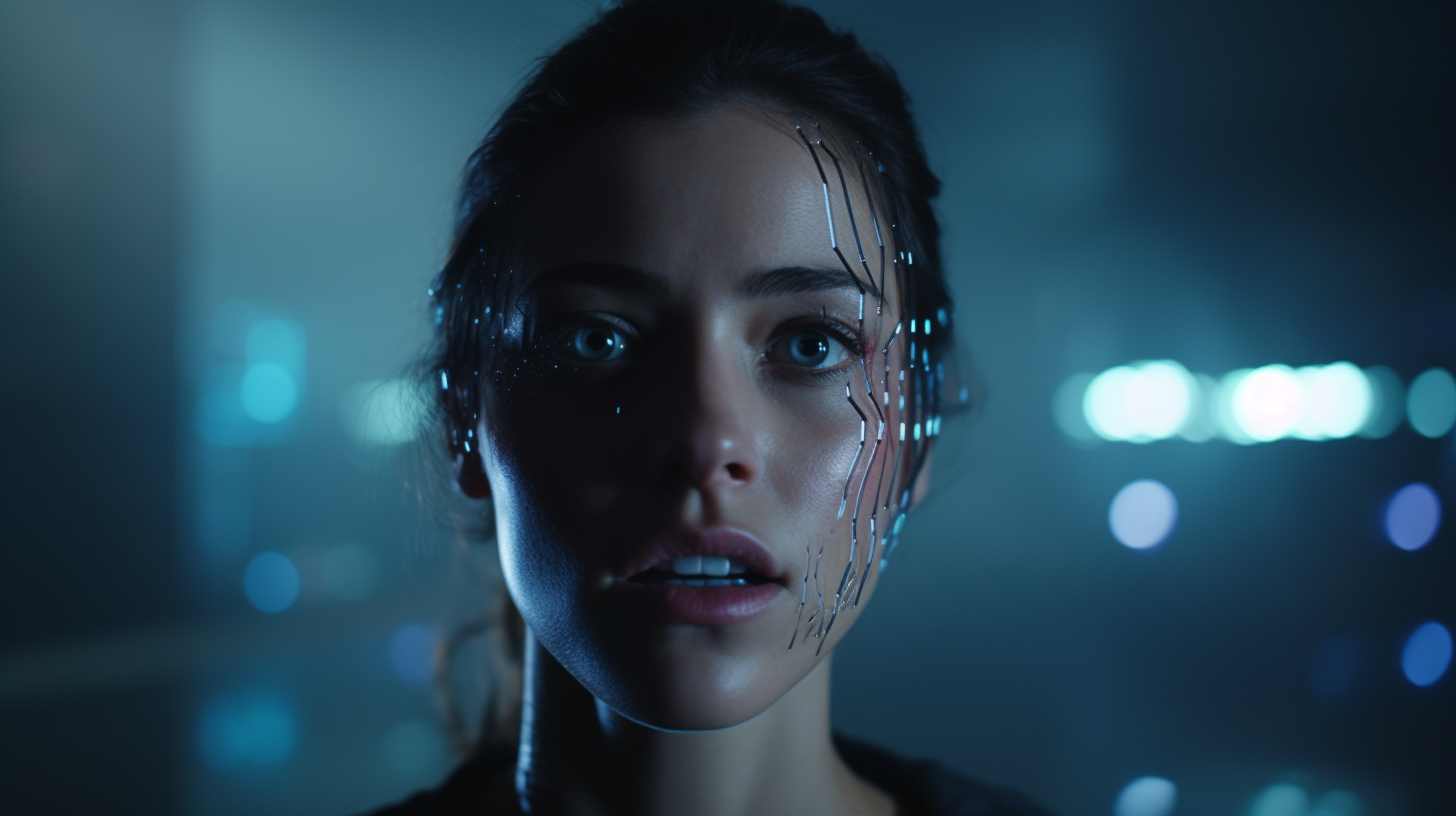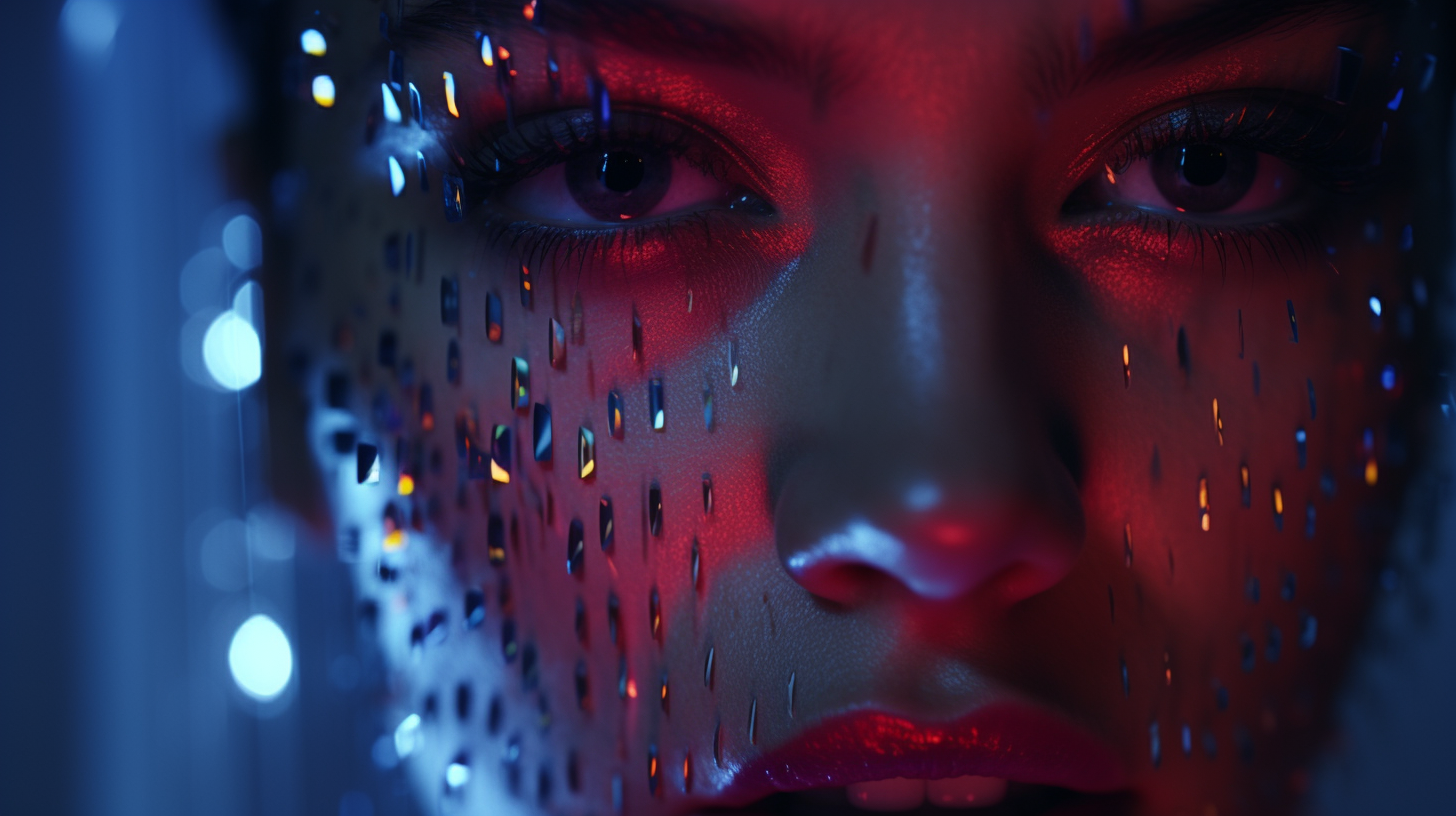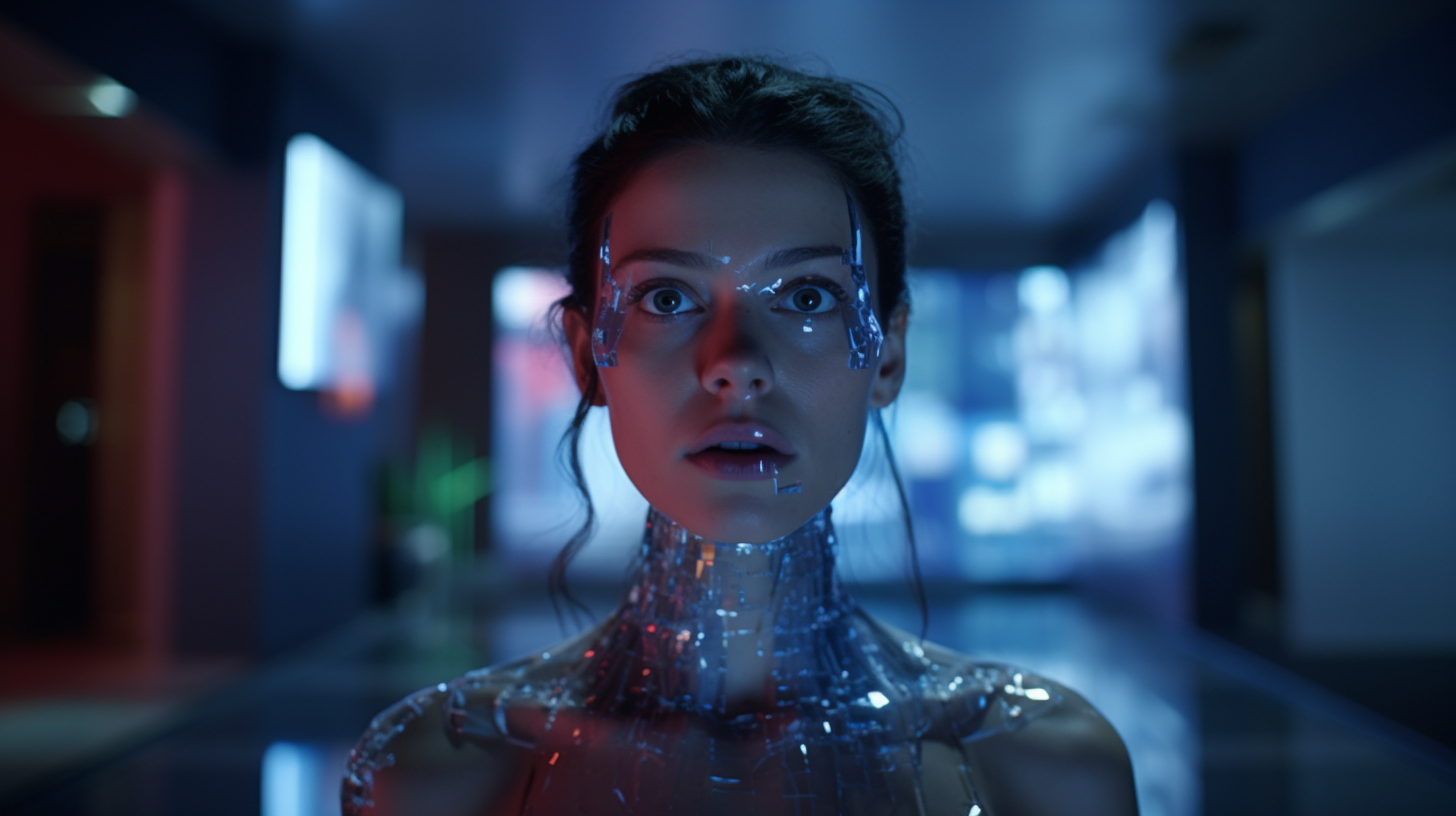The Rise and Risks of Deepfakes: How AI can Manipulate Reality
The landscape of digital media is evolving at lightning speed. With the advent of artificial intelligence, a particular phenomenon has captured the world's attention—Deepfakes. It's a term that rings alarm bells for some, while others see the vast potential. Dive with us into this multifaceted realm of technology and discernment.

A Brief Introduction to Deepfakes
Deepfakes, in the simplest terms, are hyper-realistic but entirely fake content powered by advanced AI and machine learning techniques. By using AI algorithms, creators can superimpose faces, manipulate voices, and fabricate scenarios that never happened.
From Sci-Fi to Reality: The Evolution of AI
Decades ago, the idea of machines thinking and creating like humans was pure science fiction. With breakthroughs in neural networks and computational capabilities, AI's role has shifted from being mere calculators to artists, potentially reshaping our perception of reality.
The Underlying Technology Behind Deepfakes
Creating a deepfake involves the use of Generative Adversarial Networks (GANs). These networks comprise two parts: the generator, which creates images, and the discriminator, which evaluates them. Through repeated iterations, the generator gets better at producing realistic images.
How Deepfakes are Created
Starting with large datasets of images or sounds, AI is trained to recognize patterns. It learns the nuances of facial expressions, voice modulations, and even emotions. Once adequately trained, it can generate new content, mimicking the very essence of the real thing.
Key Milestones in Deepfake Development
The timeline of deepfakes is studded with both marvels and controversies. From the first appearance in 2017 on Reddit to deepfake celebrities and politicians, the journey has been both awe-inspiring and cautionary.
Real-World Applications of Deepfakes
Not all deepfakes are malicious. There's a silver lining to this technology that has found utility in sectors like film, education, and journalism.

A Glimpse into the Film and Entertainment Industry
Imagine resurrecting past legends on the silver screen or actors performing in languages they don't speak. Deepfakes are revolutionizing cinema, making the impossible now possible.
Enhancing the Learning Experience: Educational Uses
From interactive history lessons with "live" figures like Martin Luther King Jr. to language training via native speakers, deepfakes in education can foster a rich learning environment.
Deepfakes in Journalism: A Double-Edged Sword
Journalists can now "interview" figures from the past. But, the threat of fake news casts a long shadow, making authenticity paramount.
The Dark Side: Dangers of AI-manipulated Videos
Every rose has its thorns. The misuse of deepfakes for revenge, misinformation, or market manipulation poses significant risks to individuals and society.
Deepfakes and Misinformation: Spreading Fake News
In an era where fake news spreads like wildfire, deepfakes can be the gasoline. They offer a potent tool for propagators of misinformation, blurring the lines between fact and fiction.
Financial Risks and Market Manipulation
Imagine a fake video of a CEO making false statements, leading to stock market crashes. The financial world isn't immune to the perils of manipulated content.
Personal Privacy Concerns
Everyday individuals aren't safe either. Unauthorized videos or blackmail are grim realities in this age of accessible deepfake tools.
Recognizing Deepfakes: Tips for the Average Viewer
Training oneself to spot irregularities, focusing on inconsistencies in lighting, sound, or even blinks can be the key to distinguishing real from fake.
Technologies Fighting Back
Thankfully, as AI evolves, counter-technologies emerge. Advanced detection tools, digital watermarks, and blockchain validation are joining the battle against deceitful deepfakes.
Legal and Regulatory Aspects of Deepfakes
Globally, nations grapple with the need to regulate. While some call for an outright ban, others seek a balanced approach, understanding the potential benefits and risks.

Current Global Stances on Deepfake Regulation
From the US to the EU and Asia, varied approaches reflect cultural, political, and technological differences.
The Ethical Implications: What Does the Future Hold?
The debate is raging. As we stride into the future, society must determine where the line between innovation and invasion lies.
Positive Innovations: Deepfakes Not All Bad
In art, deepfakes might pave the way for new genres. Creative expressions could see a renaissance, driven by AI's capabilities.
Potential Benefits in Art and Creative Industries
Artists could collaborate with AI, leading to breathtaking creations, while industries could visualize prototypes before actual production.
Reinventing History and Archiving Memories
Imagine watching your grandparents' wedding, recreated in vivid detail, or historical events unfurling as if you were there. The past could come alive in unprecedented ways.
The Rise and Risks of Deepfakes: How AI can Manipulate Reality
While the rise of deepfakes is undeniably exciting, the potential risks cannot be ignored. It's a tool—how we wield it determines its legacy.
Looking Ahead: Predictions for the Next Decade
The next ten years will be pivotal. As technology matures, society must remain vigilant, embracing the good while guarding against the bad.
Embracing the Potential, Guarding Against the Perils
Harnessing AI's power while creating safeguards will be the balancing act of the modern era.
FAQs on Deepfakes
What are deepfakes?
Deepfakes are hyper-realistic but entirely fake content powered by AI and machine learning techniques.Are all deepfakes harmful?
No, while there are malicious uses, many applications can be beneficial, such as in education and entertainment.How can I spot a deepfake?
Look for inconsistencies in lighting, sound, or unnatural movements and expressions.Is there any legal framework against deepfakes?
Many countries are developing regulations, but it's a complex, evolving landscape.Can technology detect deepfakes?
Yes, advanced AI detection tools are emerging to counter deceitful deepfakes.Will deepfakes become more common in the future?
Likely, as AI technology evolves, the creation and use of deepfakes will probably increase.
The world of deepfakes is a mirror reflection of the broader technology landscape—brimming with potential yet fraught with risks. As we hurtle into the future, the guiding principle should be informed awareness. While AI's potential to reshape media, art, and education is vast, the need to stay grounded, aware, and cautious has never been more paramount.
